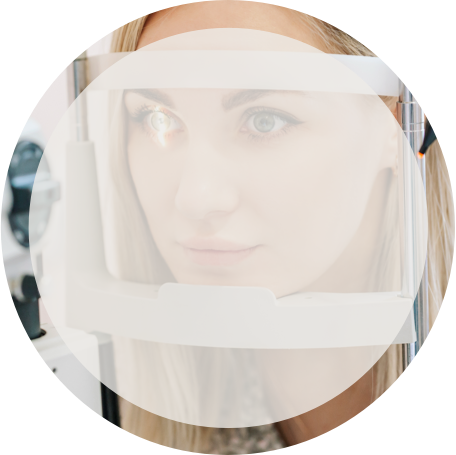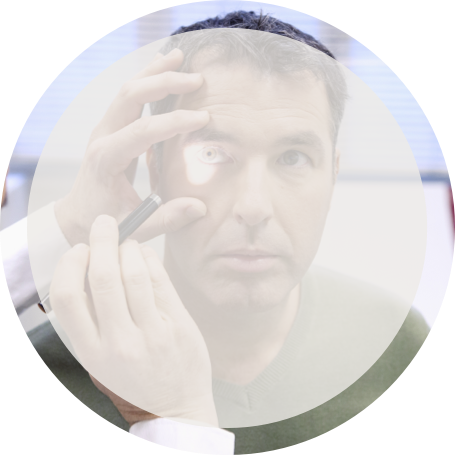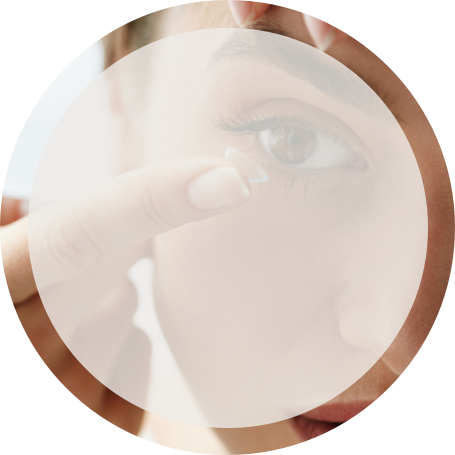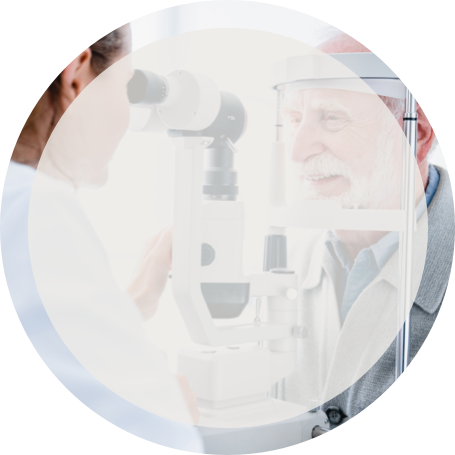Macular degeneration affects central vision and can develop at different speeds depending on the type and individual factors. While some forms of the disease progress slowly over years, others may lead to noticeable vision changes in a matter of months. Understanding what affects the progression of AMD is key to protecting your sight.
Whether you’re newly diagnosed or looking to support a loved one, knowing how AMD can change over time can help you stay ahead of it. In this blog, we’ll explore the factors that influence progression and how proactive care can make a meaningful difference.
What Is Macular Degeneration?
Macular degeneration is a chronic eye condition that affects the macula, the part of the retina responsible for sharp, detailed central vision. As the macula weakens, this can lead to central vision loss, making everyday tasks like reading, recognizing faces, or driving more challenging.
This condition most often develops with age, which is why it’s commonly known as age-related macular degeneration (AMD). While AMD is more common in adults over 50, both genetics and environmental factors can also contribute. The condition isn’t painful, but it can have a meaningful impact on your day-to-day quality of life.
Signs & Symptoms of AMD
Macular degeneration often begins with subtle changes, but recognizing the early signs can make a meaningful difference in managing the condition.
- Blurred or distorted central vision
- Trouble reading or noticing fine details
- Faded or less vibrant colors
- Dark or empty areas in the center of your vision
- Difficulty adjusting to dim lighting
Types of Macular Degeneration
There are 2 main types of AMD: dry AMD and wet AMD.
- Dry AMD: This is the most common form, affecting about 85–90% of people with AMD. It develops gradually as the macula thins with age and accumulates tiny clumps of waste build up called drusen. Dry AMD typically progresses slowly, often taking years to significantly affect vision.
- Wet AMD: This less common but more serious form occurs when abnormal blood vessels grow beneath the retina and leak fluid or blood. Wet AMD can progress quickly and may cause noticeable vision loss in a matter of months if left untreated.
In rare cases, macular degeneration can affect younger individuals, usually due to genetic conditions. Other subtypes include Stargardt disease and myopic macular degeneration, which are linked to specific causes like severe nearsightedness or inherited factors.
Understanding Macular Degeneration Progression
The speed at which macular degeneration progresses often depends on the type.
Early dry AMD tends to move slowly and may stay stable for years without obvious symptoms. Intermediate dry AMD involves larger drusen deposits and may cause mild vision changes, while advanced dry AMD can lead to more significant central vision loss as retinal cells break down.
Wet AMD, on the other hand, can develop suddenly and progress quickly, with abnormal blood vessels causing damage to the macula.
Although there’s no cure, regular eye exams are essential for detecting changes early—especially since wet AMD can evolve from untreated dry AMD. Factors like smoking, diet, UV exposure, and genetics may influence progression.
What Treatments Are Available for Macular Degeneration?
While there’s no cure for AMD, several treatments can help slow its progression and support long-term vision health.
- Anti-VEGF injections (such as Avastin or Eylea) are used to treat wet AMD by blocking abnormal blood vessel growth and helping prevent further damage.
- Photodynamic therapy uses light-activated medication to target and reduce these vessels as well.
- For intermediate dry AMD, nutritional supplements like the Macuhealth and AREDS2 formula—rich in specific vitamins and antioxidants—may slow the condition’s advancement.
- Low vision aids, including magnifiers and adaptive tools, can support daily life with vision loss.
Emerging therapies, like gene therapy and stem cell research, continue to show promise for the future of AMD care.

How to Help Prevent Macular Degeneration
While macular degeneration can’t always be prevented, adopting healthy habits may lower your risk and help protect your long-term vision. Prevention starts with lifestyle choices that support overall eye health and reduce strain on the macula. Here are some key strategies:
Maintain a Healthy Diet
Nutrition plays a vital role in supporting your eyes. Antioxidant-rich foods—like leafy greens, carrots, and berries—help fight oxidative stress. Omega-3 fatty acids found in fish like salmon and mackerel support retinal function. Zinc, vitamin C, vitamin E, and lutein are also important. You may wish to consider Macuhealth or AREDS2 supplements under your eye doctor’s guidance.
Don’t Smoke
Smoking significantly raises the risk of AMD by increasing oxidative stress and reducing blood flow to the retina. Quitting is one of the most effective things you can do to protect your vision.
Protect Your Eyes from UV Light
Too much UV exposure can speed up macular damage. Wear sunglasses with 100% UV protection and consider a wide-brimmed hat when spending time outdoors.
Exercise Regularly
Physical activity supports healthy circulation, including to the eyes. Staying active may help lower the risk of AMD and benefit your overall well-being.
Monitor Your Vision
Use tools like an Amsler grid to track changes in your central vision and book regular eye exams. Early detection is key to effective treatment.
By making these habits part of your routine, you can take proactive steps to support healthy vision.
Take the Next Step in Protecting Your Vision
Monitoring your vision and staying informed about macular degeneration can go a long way in protecting your sight. Whether you’re noticing subtle changes or have a family history of AMD, early detection is one of the most effective tools for slowing progression and preserving your quality of life.
At Family Vision Care, our team is here to guide you every step of the way—from diagnosis to personalized treatment options. If you’re due for an eye exam or have concerns about your vision, don’t wait. Book an appointment today at one of our convenient locations and take a proactive step toward lifelong eye health.
















